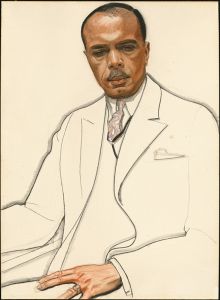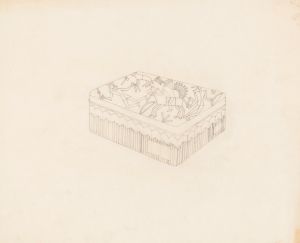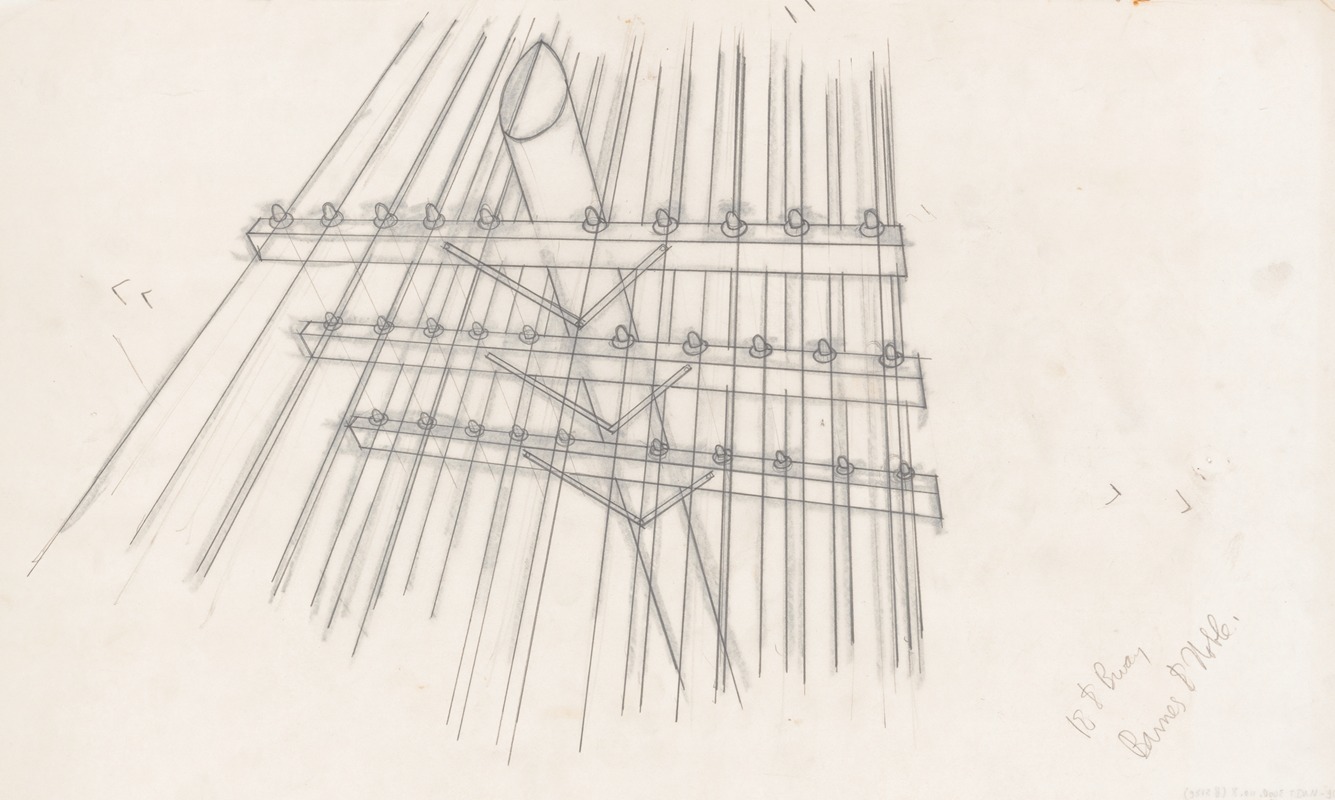
Graphic designs for Fortune magazine. Study of telephone poles
A hand-painted replica of Winold Reiss’s masterpiece Graphic designs for Fortune magazine. Study of telephone poles, meticulously crafted by professional artists to capture the true essence of the original. Each piece is created with museum-quality canvas and rare mineral pigments, carefully painted by experienced artists with delicate brushstrokes and rich, layered colors to perfectly recreate the texture of the original artwork. Unlike machine-printed reproductions, this hand-painted version brings the painting to life, infused with the artist’s emotions and skill in every stroke. Whether for personal collection or home decoration, it instantly elevates the artistic atmosphere of any space.
Winold Reiss was a German-American artist known for his contributions to graphic design and illustration, particularly in the early to mid-20th century. He was born in 1886 in Karlsruhe, Germany, and immigrated to the United States in 1913. Reiss is celebrated for his vibrant use of color and his ability to blend modernist styles with traditional themes. His work spans various mediums, including murals, portraits, and graphic designs.
One of Reiss's notable contributions to the field of graphic design was his work for Fortune magazine. Fortune, a prominent American business magazine founded in 1930, was known for its high-quality illustrations and innovative design. Reiss's involvement with the magazine allowed him to showcase his unique artistic style to a broader audience.
Among Reiss's works for Fortune magazine is the piece titled "Study of Telephone Poles." This artwork exemplifies Reiss's ability to transform everyday industrial subjects into visually compelling compositions. The piece reflects the era's fascination with industrial progress and the changing American landscape, themes that were often explored in Fortune magazine's content during the 1930s and 1940s.
Reiss's "Study of Telephone Poles" captures the geometric simplicity and rhythmic repetition of telephone poles, which were becoming a ubiquitous part of the American landscape at the time. His use of bold lines and contrasting colors highlights the poles' structural elegance, turning a mundane subject into a study of form and function. This approach aligns with the modernist movement, which sought beauty in industrial and functional objects.
Reiss's work for Fortune magazine, including "Study of Telephone Poles," is significant not only for its artistic merit but also for its role in shaping the visual identity of the publication. Fortune was known for commissioning works from leading artists and designers of the time, and Reiss's contributions helped establish the magazine as a pioneer in integrating fine art with journalism.
Throughout his career, Winold Reiss remained committed to exploring diverse themes and subjects, often drawing inspiration from his surroundings and experiences. His work for Fortune magazine is just one example of his ability to adapt his artistic vision to different contexts and audiences. Reiss continued to be active in the art world until his death in 1953, leaving behind a legacy of innovation and creativity that continues to be celebrated today.
In summary, Winold Reiss's "Study of Telephone Poles" for Fortune magazine is a testament to his skill in transforming industrial subjects into art. His work not only contributed to the magazine's reputation for high-quality design but also reflected broader cultural themes of industrialization and modernity.





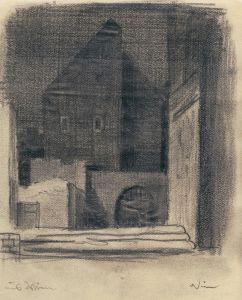
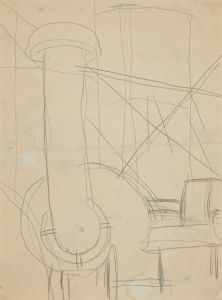
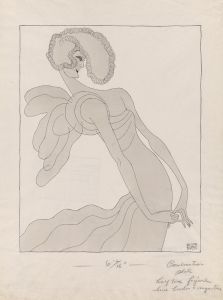
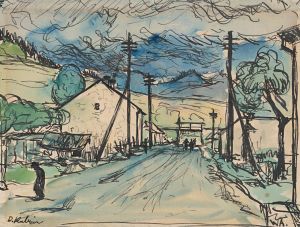

![Design drawings for Mercedes Motors Showroom] [Study of interior elevation with mural](/imgs/249276/s/winold-reiss-design-drawings-for-mercedes-motors-showroom-study-of-interior-elevation-with-mural-bca42e83.jpg)
![Design proposals for Puck Theater, New York, NY.] [Interior perspective study](/imgs/249305/s/winold-reiss-design-proposals-for-puck-theater-new-york-ny-interior-perspective-study-616c8d27.jpg)
![Drawings for proposed redecorations of Yorketowne Coffee Shop, Job #238, York, PA.] [Drawing #6, interior plans for tables, counters, benches](/imgs/249341/s/winold-reiss-drawings-for-proposed-redecorations-of-yorketowne-coffee-shop-job-238-york-pa-drawing-6-interior-plans-for-tables-counters-benches-c6e96b9c.jpg)

![Miscellaneous small sketches for inlaid table tops.] [Design with female face and cocktail beverage](/imgs/249434/s/winold-reiss-miscellaneous-small-sketches-for-inlaid-table-tops-design-with-female-face-and-cocktail-beverage-70c0c6ed.jpg)
